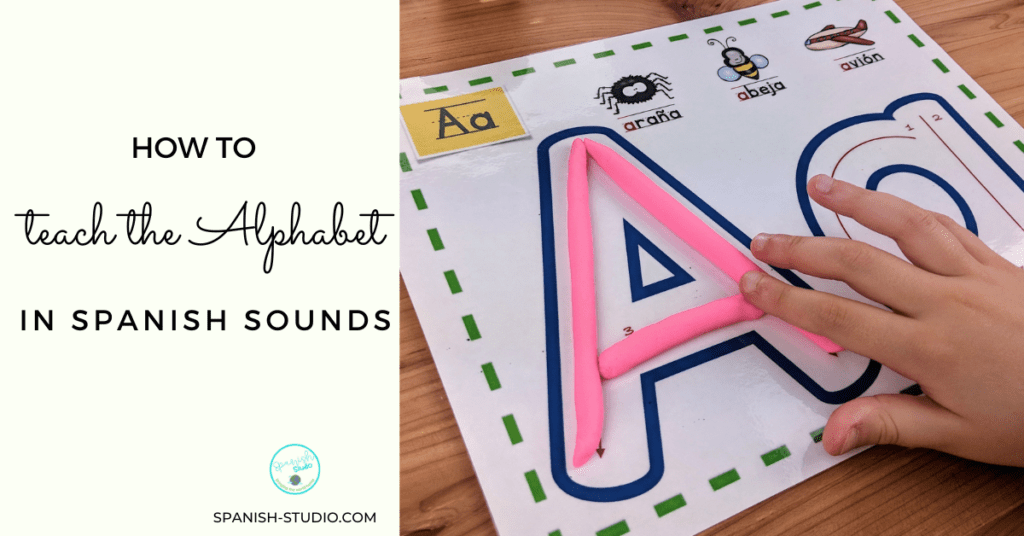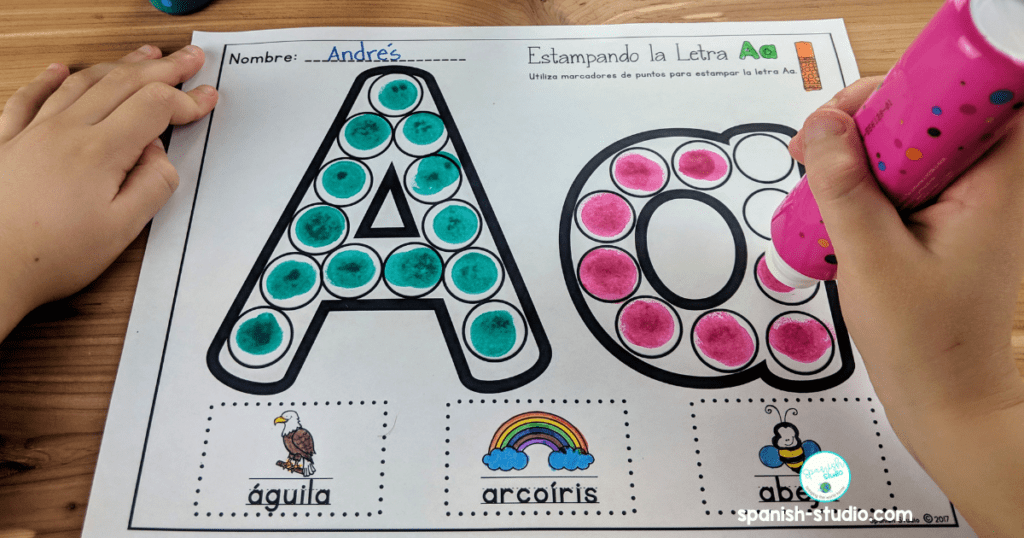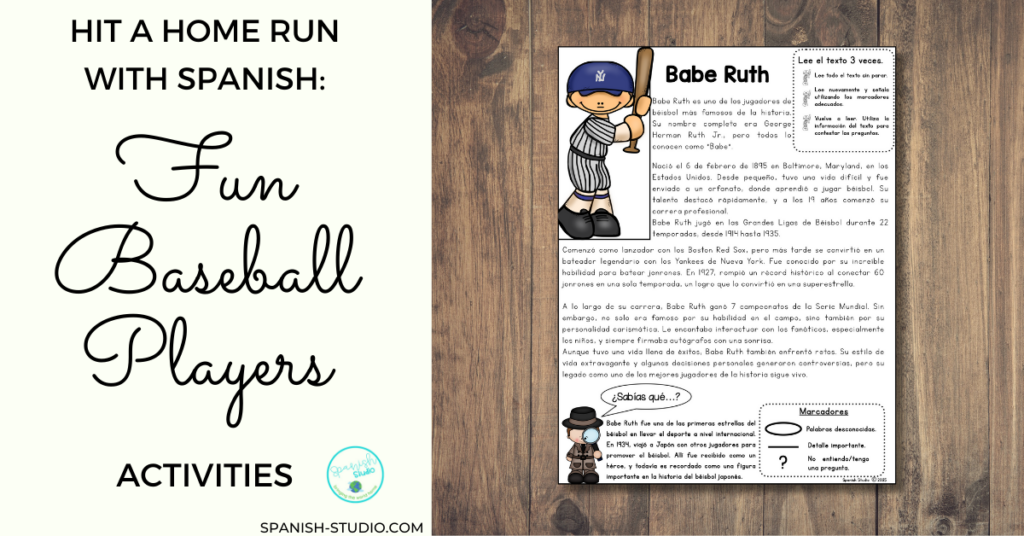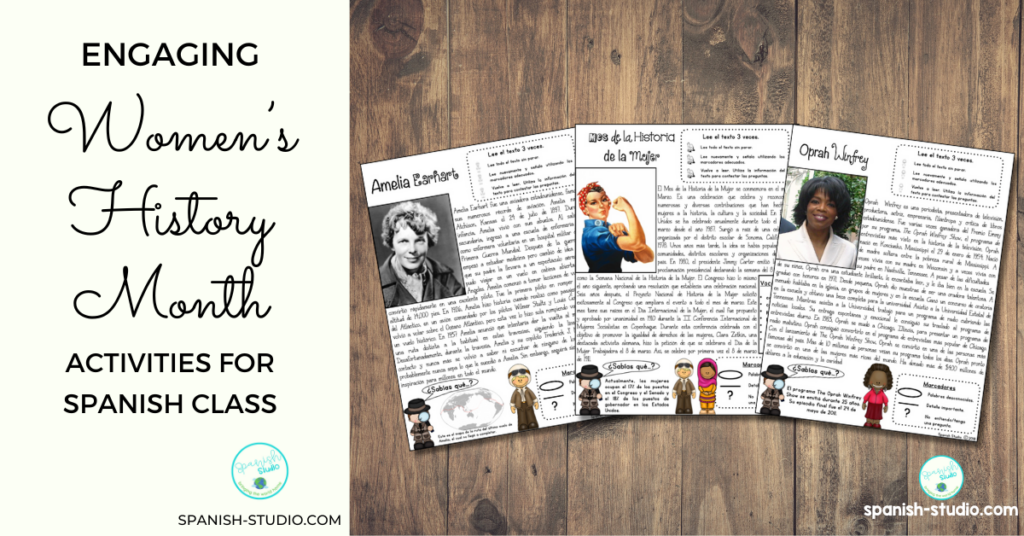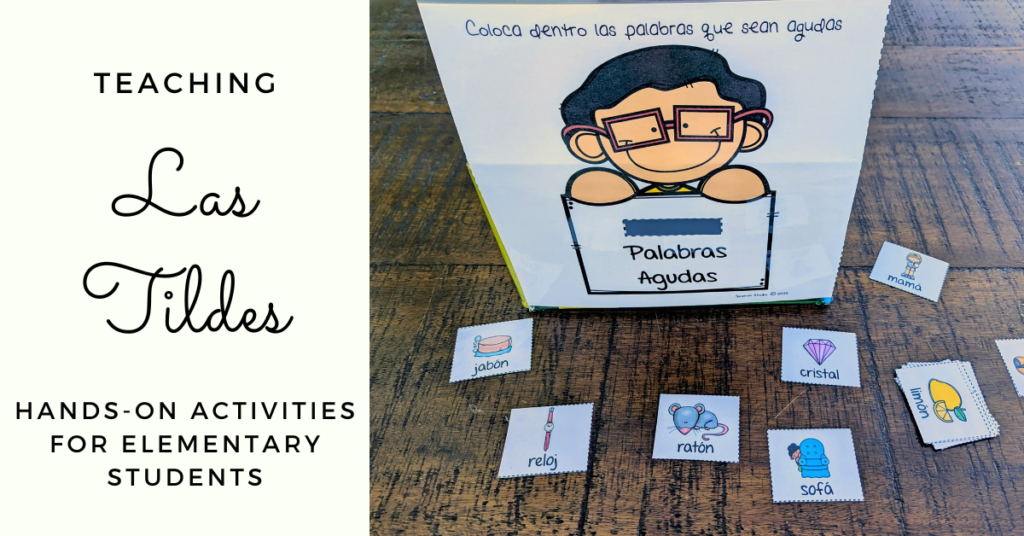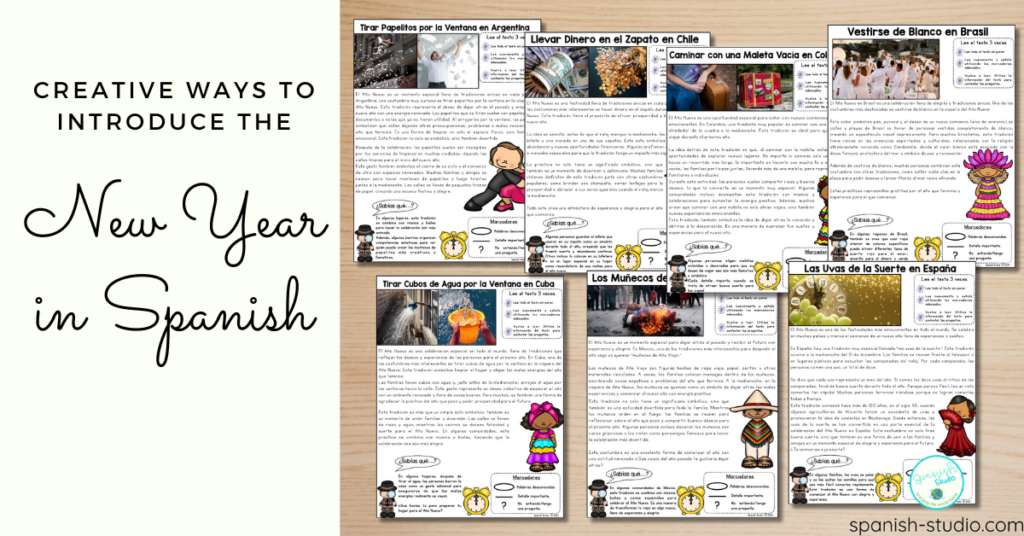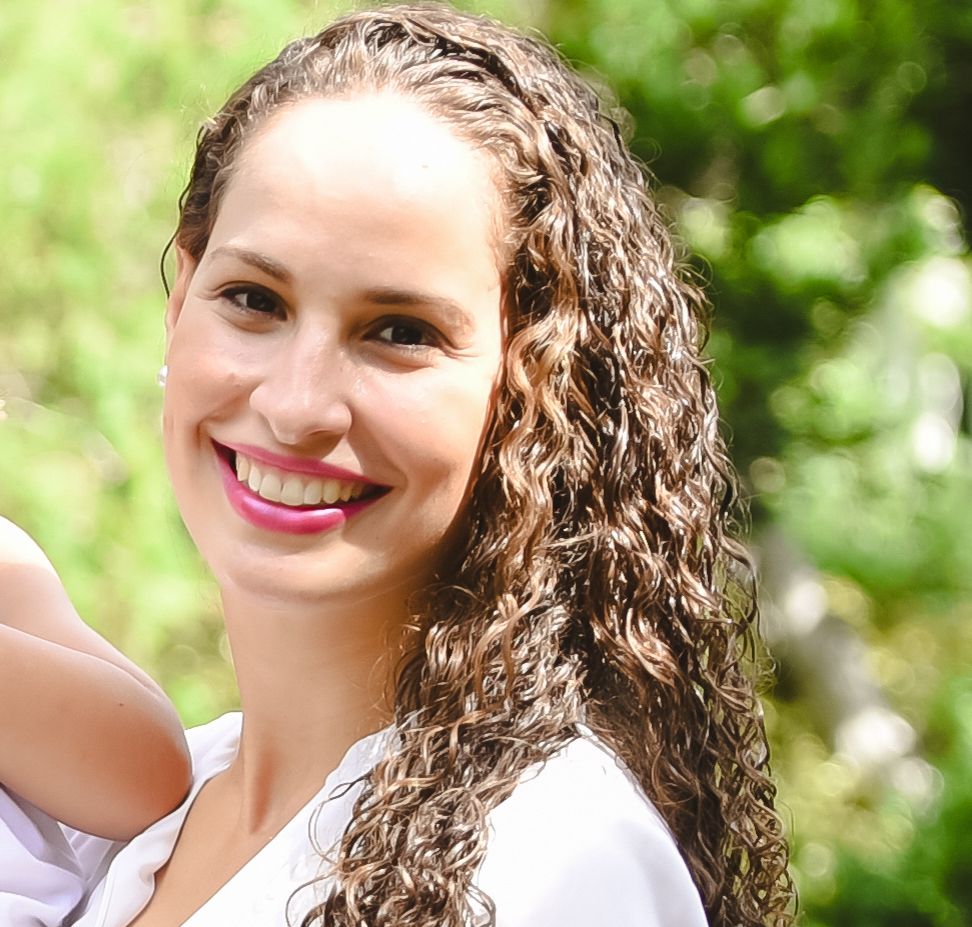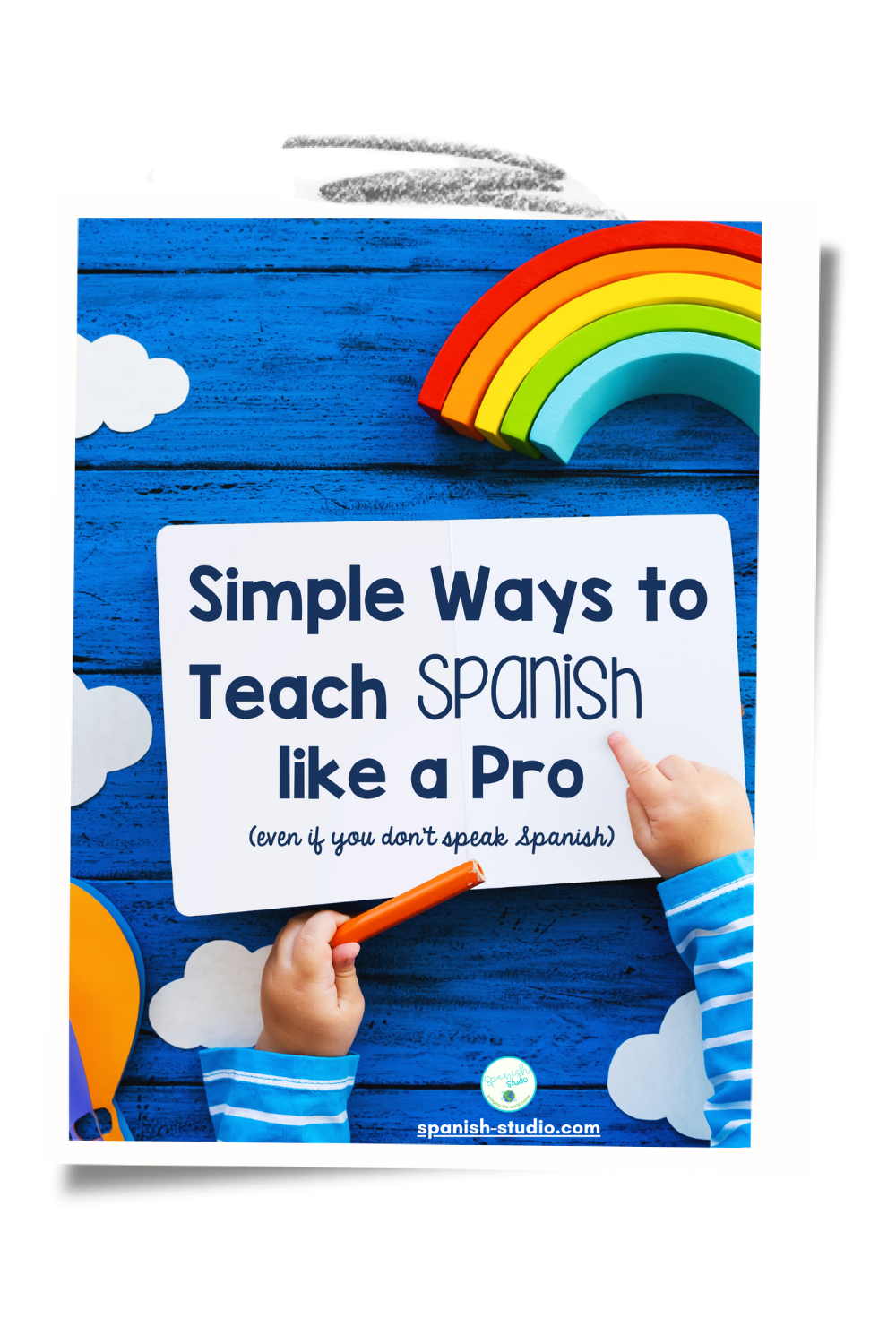One of my favorite things to do is to teach the sounds of the alphabet in Spanish. That moment when a child starts blending sounds and realizes that they are actually reading is priceless. No matter how young they are, it’s always a good idea to incorporate teaching the sounds of the alphabet in Spanish in your daily routine. But how? Here is what I’ve done with my own children. The most important thing is to make it fun, to make it meaningful for them.
Read, read, read!
Start using stories: Read, read and read! The more you read, the better. Use nursery rhymes, rhyming books, picture books, doesn’t matter. Just read! My Top 20 Children Spanish Books is a great starting point if you don’t know where to begin. The images, catchy and repetitive text will have your little one engaged in no time.
Listen to Songs
Sing: Play alphabet songs and dance around. This is a great way to build interest in your child. Focus on the sounds, not so much on the letter names. Try to show your children the correct pronunciation of the letters. If you don’t know them, you can always rely on Native Speakers for correct pronunciation of the alphabet in Spanish sounds.
Incorporate Visual, Auditory and Kinesthetic Learning Styles
Use visual aids like posters and flashcards to teach the sounds of the alphabet in Spanish. This is a simple resource, but a powerful one. Focus on one letter sound at a time until your child masters it. Show them to your child, have them repeat the sound while tracing the letter in their hands. Mixing visual, auditory and kinesthetic styles will make it easier for your child to learn it. Use the cards to play games, to trace in sand, build letters with play dough. Teach them one at a time until they have master the sound. My preferred order for teaching the alphabet in Spanish sound and the one I use with my own children is the following:
a, t, b, l, f, h, s, p, u, m, r, c, w, g, y, v, x, i, n, d, j, z, qu, o, k, e.
I like to focus on a vowel sound at a time, and after they learn the consonants sounds, I start blending them with the vowel sound they already know. That’s why the vowels are apart from each other. Never ever teach them in a sequence or all together.
Stations/Centers
After that first moment that you expose your children to the alphabet in Spanish letter sound, it’s time to have some fun. Use centers or stations activities to complement your lesson. Play games, use play dough, trace and paint the letter, build puzzles, play hopscotch. Make your children have the best time ever.
Alphabet in Spanish Sounds Individual Work
Lastly, practice, practice, practice: Use any moment that you have to gently ask a question and assess your child’s learning. Use worksheets, coloring pages, apps.
Repeat this routine everyday for 20 minutes. Before you know it, you’ll have a Spanish reader at home. And trust me, learning a second language is the best gift you can give to your child, and one they’ll thank you forever.
Interested in more?
Download my FREE Guide: “How to Teach Spanish Like a Pro (even if you don’t speak Spanish)”

